Violins are popular in many genres of music, including folk, jazz, classical, and pop. There are many different types of violins and sizes, each tailored to a different sound and purpose.
The first violin was invented in the 16th century, with other stringed instruments dating much further back. Violins are the backbone of classical music. They provide the melodies, the accompaniment, and the excitement.
Likewise, violins are a staple in folk music. They drive the music forward, creating boot-stomping melodies with quick notes. Although they take time to master, it is worth learning the violin!
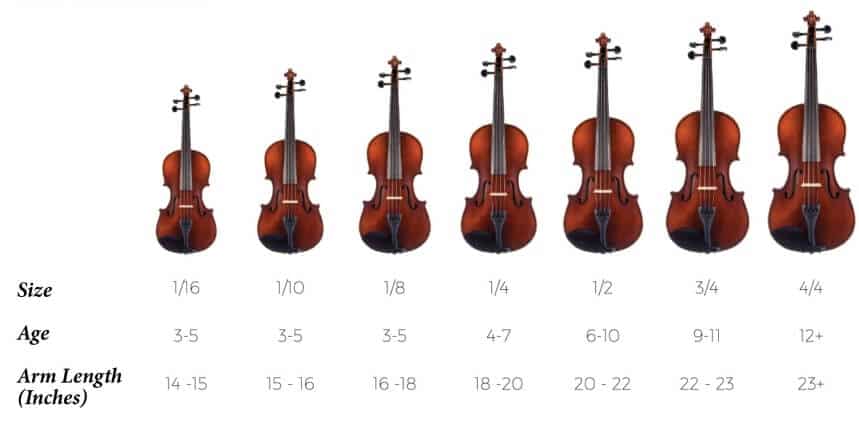 Violins come in different sizes so that players of all ages can find a model that fits them. Violins come in eight different sizes:
Violins come in different sizes so that players of all ages can find a model that fits them. Violins come in eight different sizes:
4/4 is full size, clocking in at 14 inches, and is the biggest. 1/32 size is the smallest, only nine inches long. Almost all adults use a full-size violin.
If you’re buying a violin for a small child who might grow quickly, it’s a good idea to rent instead. That way, you can keep upgrading sizes to ones that fit. Remember that you’ll need to buy a bigger bow and case if you upgrade violin sizes!
If you are first learning how to play the violin, this guide can help you pick out the perfect instrument! This is also a great option! On the other hand, this guide can help pick out a great instrument for your child.
The earliest bowed instruments are the ravanastron and the omerti. They were found in India and played like a cello.
The violin was first invented in Italy in the early 16th century. Violins likely evolved from other string instruments from the 15th and 16th centuries, like the vielle, rebec, and lira da braccio. String instruments in Europe date back to the lira in the 9th century.
The first record of a violin comes from paintings by Gaudenzio Ferrari, dating back to 1530. The violin quickly gained popularity. Charles IX of France commissioned a huge range of string instruments.
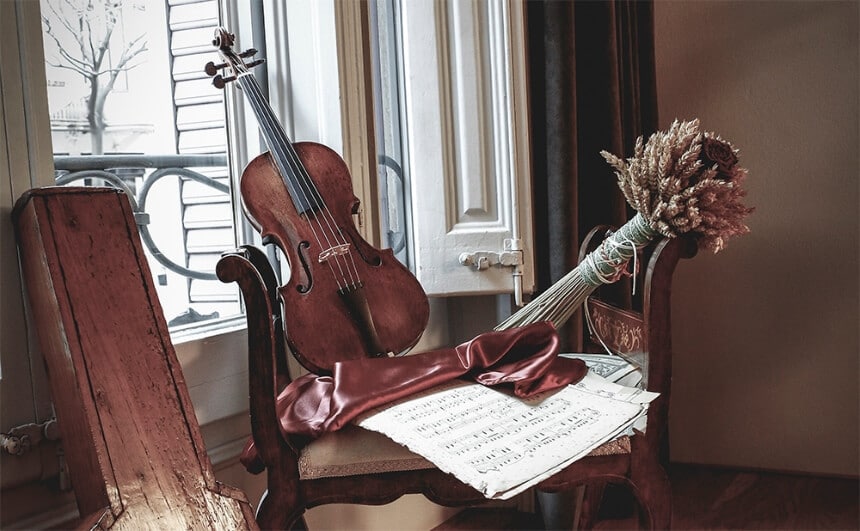
A Baroque violin Trusted Source Baroque violin - Wikipedia A Baroque violin is a violin set up in the manner of the baroque period of music. The term includes original instruments which have survived unmodified since the Baroque period, as well as later instruments adjusted to the baroque setup, and modern replicas. en.wikipedia.org is a violin set up like they were during the baroque period. It includes instruments that have survived since the Baroque period and modern replicas. Baroque violins have become common in recent decades.
The difference between a Baroque violin and the modern violin is the sizes and natures of the neck, fingerboard, bridge, bass bar, and tailpiece. Baroque violins are fitted with gut strings, made of a material that is a byproduct of the meat industry.
Baroque violins don’t have chin rests, or shoulder rests.
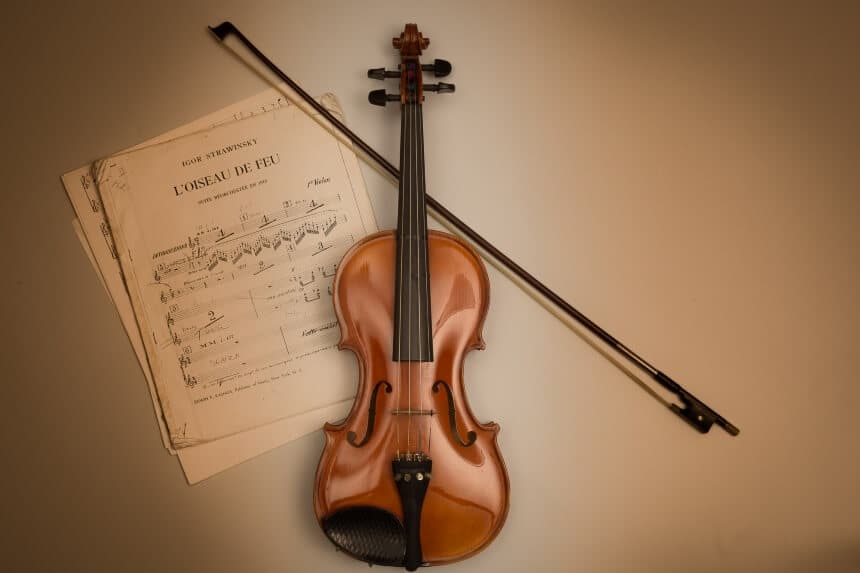
The violin is one of the most important instruments in classical music. It is extremely expressive, almost as expressive as the human voice. This is because violins are able to produce vibrato and express pitch and timbre.
Some modern violinists are adding improvisation into their classical music performances. They will even put-on entire concerts or just improvisation.
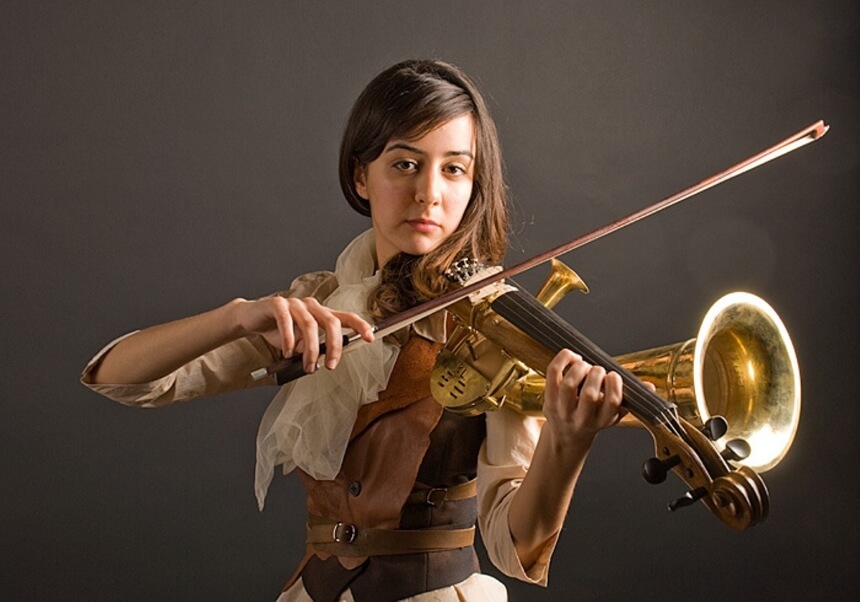
The Stroh violin is also called the Stroviol. It is a string instrument that is made louder by a metal resonator and horn attached to its body. The instrument was invented in London by an electrical engineer, John Stroh, in 1899.
The Stroh violin has two horns. One is positioned at the end of the fingerboard. These projects sound to the audience. There’s also a smaller horn that lets the player hear themselves more clearly.
The Stroh violin is a lot louder than the standard violin. It recorded much better than the standard violin in the early days of phonographic recording. Stroh violins became rarer after a microphone recording technology was invented in the 1920s.
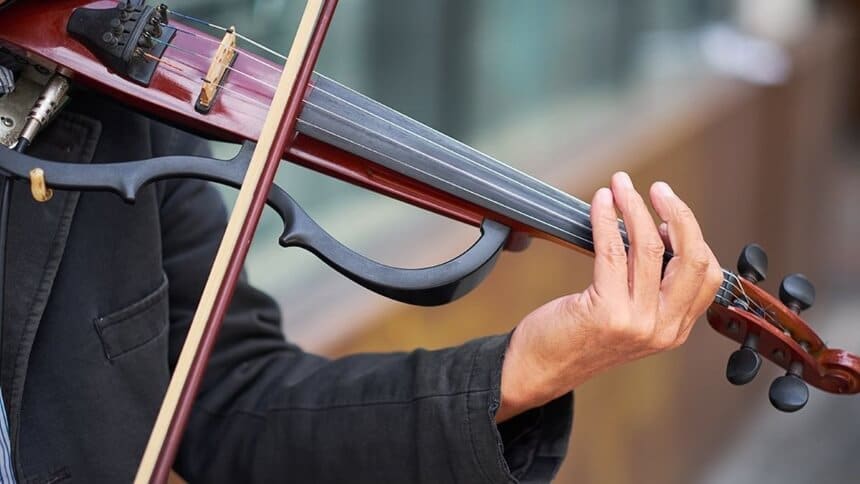
Electric violins are violins that have built-in pickups. They can also be regular violins fitted with pickups. Standard electric violins have solid bodies. Electric violins have been around since the 1920s when jazz and blues artist Stuff Smith performed with amplifiers in violins.
There are also “semi-hollow” designs, which have a sealed resonating chamber that reduces feedback. Electric violins are often viewed as experimental instruments. Some have frets, extra strings, machine heads, baritone strings, and sympathetic strings. Sympathetic strings are used to enhance the overall sound of an instrument and aren’t directly played; rather, they resonate with certain notes played on the instrument.
Some electric violins have five or more strings instead of the standard four. Electric violins have a few different types of pickups they use: magnetic, piezoelectric, and electrodynamic. Few amps are designed specifically for electric violins, so most players use guitar amps.
Semi-electric violins are the acoustic-electric guitars of the violin world and are sometimes referred to as acoustic-electric violins. They have both a hollow body and built-in amplification and are the perfect compromise between acoustic and electric violins.
Violins are incredibly versatile. They fit any genre of music. Different violins exist to specialize in each of those genres. The fiddle is great for folk music and dancing, while the five-string violin has a deeper tone and was designed for improvisation.
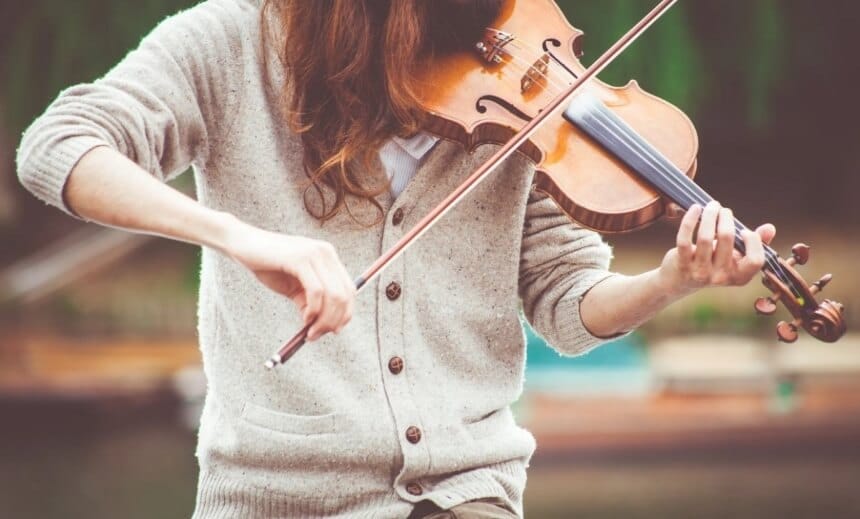
A fiddle is any bowed string instrument, most commonly a violin. It is nearly synonymous with the term violin. However, the style of music being played determines differences in structure between fiddles and classical violins.
The fiddle is included in many folks or traditional styles. These are often taught orally and by ear rather than by reading written music.
Fiddling makes rhythms that focus on dancing with quick changing of the notes, instead of the sustained notes of classical music and violin playing. Fiddlers also improvise a lot.
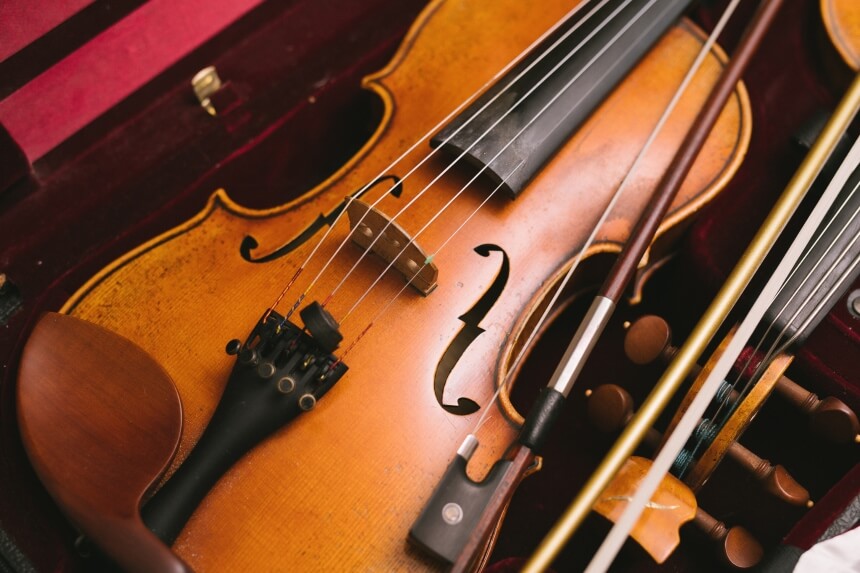 The five-string violin has an extra string that is lower than the violin’s normal range. The standard violin has a G, D, A, and E string, while a five-string violin adds on a lower C string.
The five-string violin has an extra string that is lower than the violin’s normal range. The standard violin has a G, D, A, and E string, while a five-string violin adds on a lower C string.
The five-string violin was invented so that improvisers could play as low as the viola while playing the violin.
Bobby Hicks is a bluegrass fiddler who made the five-string violin popular in the 1960s. The low C string is usually a little quieter than the other strings, so players have to use a special technique to bring the sound out.
The body of a five-string violin might be a little wider and deeper to make the sound of the C string come out more. Despite this, it is still smaller than a viola. Five-string violins are usually used for improvisation in country fiddling, swing, and jazz.
Clearly, there are many different types of violins. Each is unique in its purpose and history. Each new violin is an innovation on the last, building on its predecessors to progress music forward and make history.
No matter who you are, there is a type of violin out there for you. If you’re experimental, go for an electric violin. If you like folk music, get a fiddle! If you want to learn the melodies of classical music, you can’t go wrong with a standard acoustic violin. Now that you know all there is to know about violins, it’s time to pick one up!